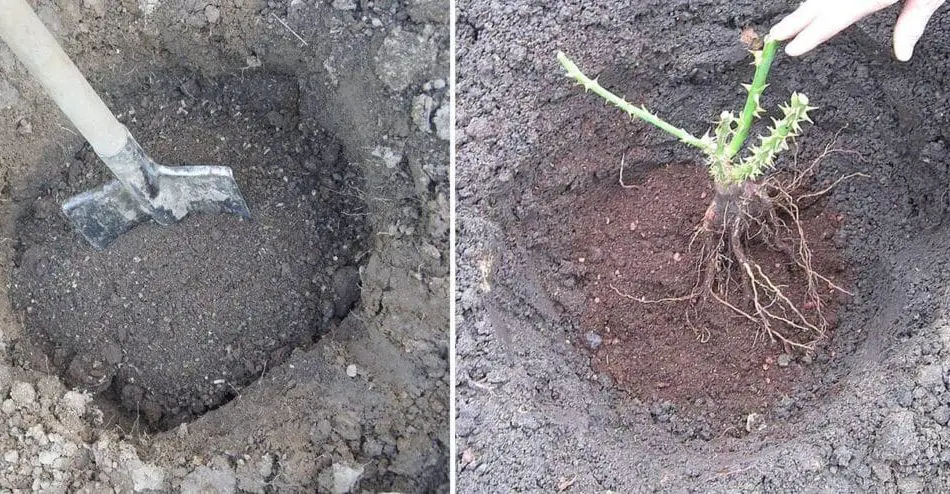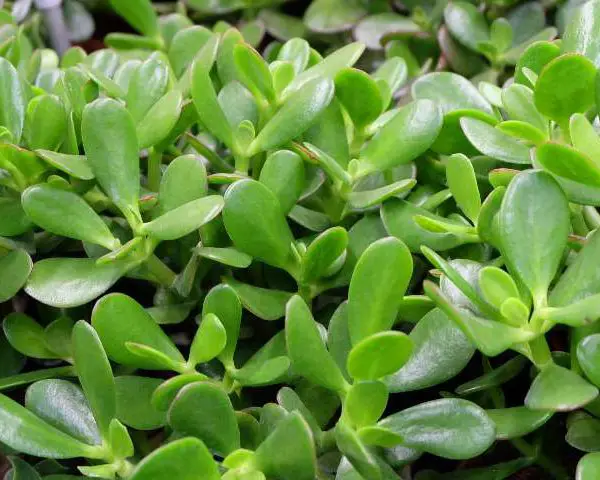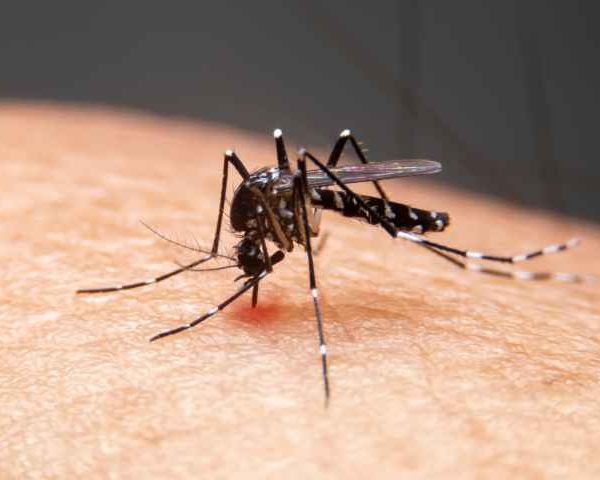To ensure your roses thrive and flourish, proper transplanting techniques are essential. Autumn is an ideal time for this process as roses prepare for their winter dormancy.
Why Autumn is Ideal for Transplanting Roses
Transplanting roses in autumn helps them establish a new location and prepare their roots for the colder months ahead. Here’s how to do it correctly:
Timing for Transplanting Roses
- Best Time: September and October are the optimal months for transplanting, as the air temperature is ideally around +10°C.
- Avoid Early Transplanting: Early transplanting might stimulate new blooms and deplete the plant’s energy reserves before winter.
- Avoid Late Transplanting: Transplanting too late can prevent the roses from rooting effectively before frost sets in.
Choosing the Right Location
- Sunlight: Select a sunny spot that receives morning and evening light but avoids the harsh midday sun.
- Protection from Wind: Ensure the location is sheltered from strong winds.
- Moisture Levels: Avoid areas prone to waterlogging or where groundwater is near the surface. Roses also don’t do well near plants that emit essential oils, such as onions, garlic, or mint.
Preparing the Soil
- Fertility and Drainage: Roses need fertile, well-drained, and aerated soil.
- Preparation Steps:
- Clear Debris: Remove weeds, roots, and stones from the area.
- Dig Pits: Create holes approximately 50x50x50 cm and space them 50-100 cm apart.
- Soil Mix: Combine the soil removed from the pits with compost or humus in a 1:1 ratio.
- Add Nutrients: Mix 100 g of dolomite flour, 50 g of superphosphate, and 30 g of potassium salt into each pit.
- Moisture: Fill the pits with water and let them sit for a few days to absorb moisture.
Transplanting the Roses
- Pruning: Remove all flowers, buds, and damaged leaves. Shorten the shoots by about one-third.
- Digging: Carefully dig around the rose, preserving as much soil as possible around the roots.
- Transferring: Lift the rose by its stem and place it into the new hole. Ensure the plant is set at the same depth as it was previously.
- Filling: Fill the hole with soil, pressing down firmly to remove air pockets. Form a small ring around the stem to help retain moisture.
- Watering: Water the transplanted roses generously and repeat after a few days.
Winter Protection
- Insulation: Cover the roses with dry leaves, straw, or needles to protect them from frost.
- Spring Care: Remove the winter covering once the risk of frost has passed.
By following these guidelines, you’ll ensure a smooth transition for your roses and set the stage for a vibrant and beautiful bloom in the coming season.
Show Comments



